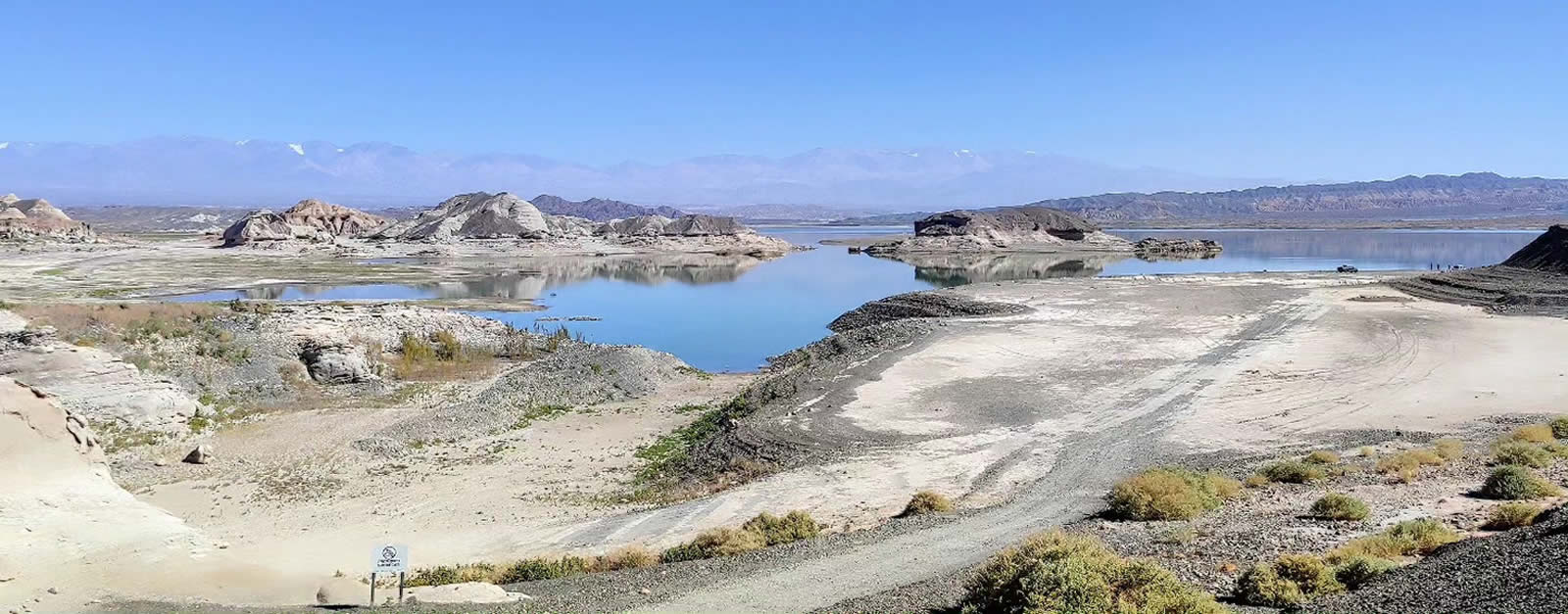En el casco urbano se puede visitar la parroquia Santo Domingo de Guzmán, considerada Monumento Histórico Provincial, dado que su existencia data en documentos históricos desde 1835. Con sus paredes y techos rústicos, este templo ha desafiado todos los embates de la naturaleza, resistiendo incólume cada sismo que azotó la provincia durante el siglo XX hasta el más reciente. Durante la fiesta patronal en agosto, los residentes de Rodeo peregrinan hasta el Cerro Negro, convocados por la fe y la tradición. La leyenda dice que allí el Santo se manifestó a un niño pastor de ovejas.
A pocos kilómetros, en la localidad de Las Flores, se encuentra la Capilla de Achango, cuyos cimientos fueron obra de los jesuitas en 1655, hoy Monumento Histórico Nacional. Ambos templos de construcción tradicional con adobe son una muestra de la memoria colectiva e historia de la región. A pesar de las dificultades que sus cuidadores enfrentan en su labor solitaria, el consuelo y la motivación provienen del afecto y la gratitud de quienes visitan las capillas y conectan con la identidad andina.
El museo arqueológico local también ofrece una mirada al pasado de la zona y las culturas prehispánicas. Destacan las vasijas pintadas en rojo y negro, características distintivas de la cultura angualasto, que floreció entre los siglos XI y XIV, y pequeños recipientes de madera tallada, utilizados en rituales de alucinógenos, adornados con figuras indígenas.
En las cercanías de Rodeo, dos maravillas naturales y culturales despiertan la imaginación y la curiosidad de los visitantes. Los geoglifos, enigmáticos dibujos en piedra, y la Cueva del Indio revelan la historia ancestral de la región. A poca distancia, los Basaltos Columnares y las Lavas Almohadilladas, con sus formas geológicas únicas, añaden un toque de misterio y belleza al paisaje, invitando a los visitantes a sumergirse en la atmósfera de observación y reflexión que emana de este lugar.
In the urban area you can visit the Santo Domingo de Guzmán parish, considered a Provincial Historical Monument, since its existence dates back to 1835 in historical documents. With its rustic walls and roofs, this temple has defied all the onslaughts of nature, resisting unscathed every earthquake that hit the province during the twentieth century until the most recent one. During the patronal feast in August, the residents of Rodeo make a pilgrimage to Cerro Negro, summoned by faith and tradition. Legend has it that the saint manifested himself there to a sheep-herding boy.
A few kilometers away, in the town of Las Flores, is the Achango Chapel, whose foundations were built by the Jesuits in 1655, today a National Historic Monument. Both temples of traditional adobe construction are a sample of the collective memory and history of the region. Despite the difficulties their caretakers face in their solitary labor, comfort and motivation come from the affection and gratitude of those who visit the chapels and connect with the Andean identity.
The local archaeological museum also offers a glimpse into the areas past and pre-Hispanic cultures. Highlights include red and black painted vessels, distinctive characteristics of the Angualasto culture, which flourished between the 11th and 14th centuries, and small carved wooden vessels, used in hallucinogenic rituals, adorned with indigenous figures.
Near Rodeo, two natural and cultural wonders awaken the imagination and curiosity of visitors. The geoglyphs, enigmatic stone drawings, and the Cueva del Indio (Indian Cave) reveal the ancestral history of the region. A short distance away, the Basaltos Columnares and the Lavas Almohadilladas, with their unique geological forms, add a touch of mystery and beauty to the landscape, inviting visitors to immerse themselves in the atmosphere of observation and reflection that emanates from this place.
Read more ↓ 






